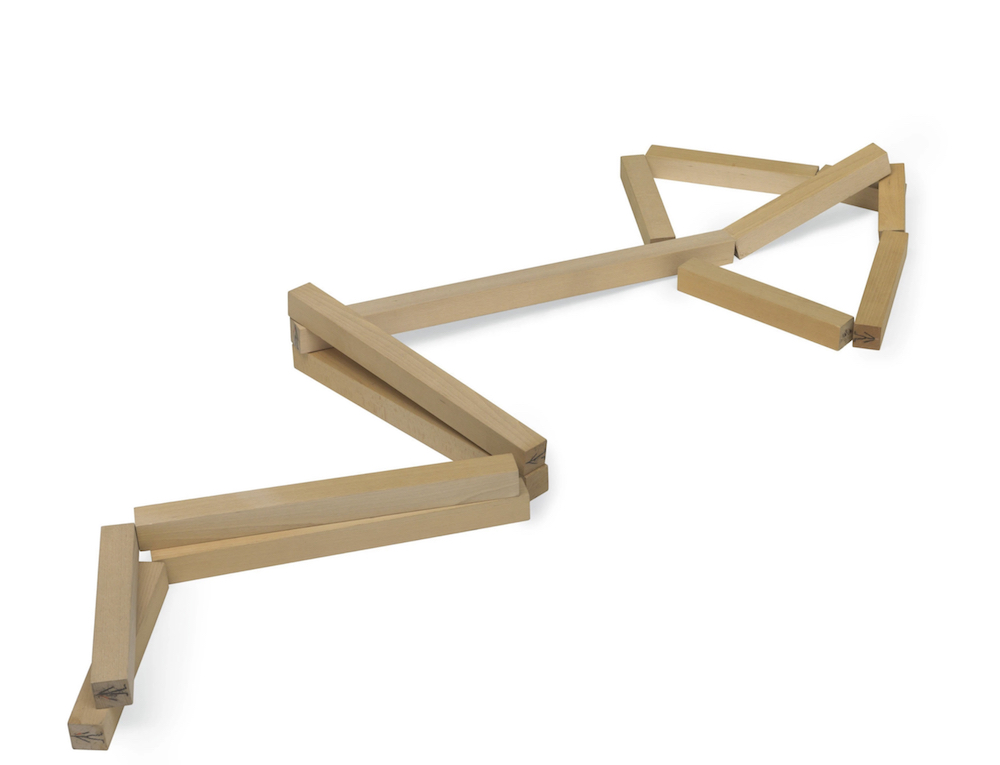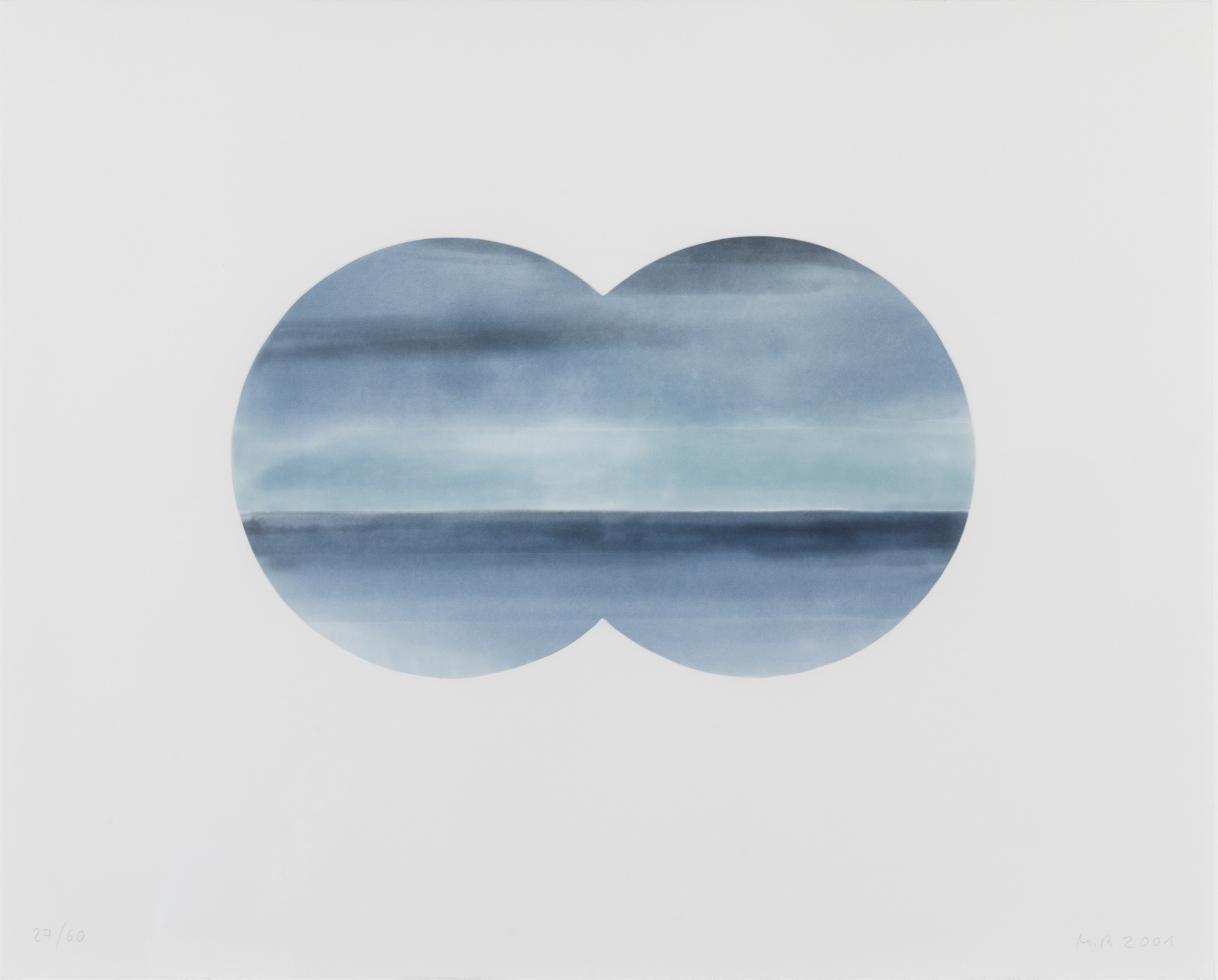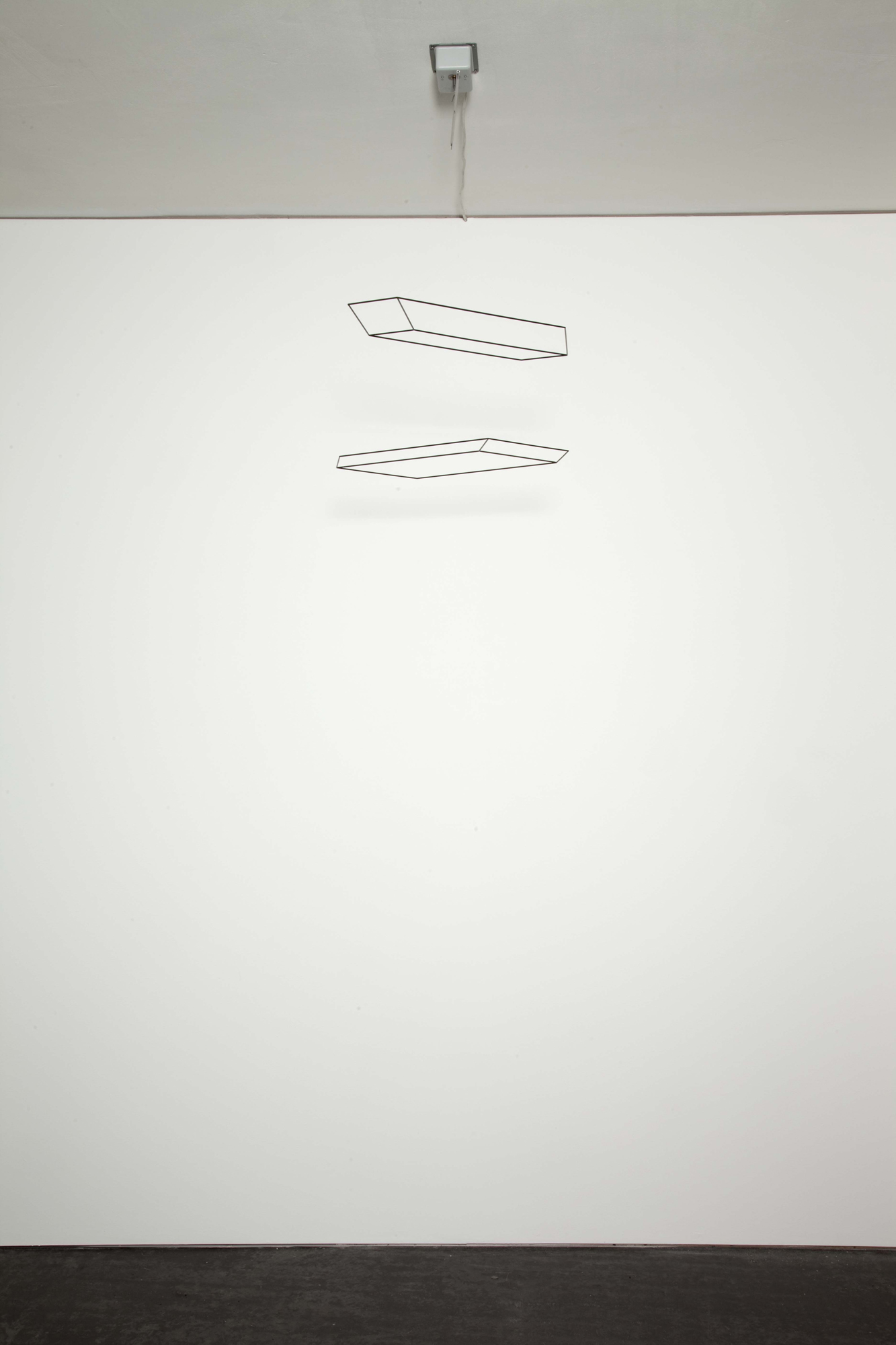Markus Raetz’s universe invites us to perceive the visible world in a new way. It paves the way for a singular education of the eye without ever tipping over into the didactic. Raetz stimulates in viewers the urge to discover and analyse what it is possible to see when the mind and the eye work together actively.
His art mixes intelligence and intuition, sensuality and rationality, like interconnected and inseparable ways of thinking and working. His creative process is complex and the starting point for his pieces grounded in anamorphosis, a process that is both playful and scientific.
His initial impulses aren’t of an aesthetic nature but rather amount to an adventurous exploration in the field of the visible by way of a plethora of possible associations, transformations, illusions and meanings. The artist has worked in a range of media, whether it is sculpture, drawing, photography or animation. He transforms the two-dimensional image into a three-dimensional figure by using a variety of often humble materials.
Conversely, his objects often require viewers to oscillate between being attentive to volume and perceiving plane surface. Indeed Raetz places viewers in an active role since in general they have to physically move about to discover the world of his changing, uncertain forms and thus succeed in catching the chain of phenomena that are altered or reversed before their eyes.
Born in Büren an der Aare, in the canton of Bern, Raetz lived and worked in Bern and Ramatuelle, France. Since the 1960s, he has exhibited quite regularly in europe, the united States, Brazil and Japan, in numerous solo shows and group exhibitions like the 1969 When Attitudes Become Form in Bern, or Documenta 4, 5 and 7 in Kassel. in 1988 he represented Switzerland at the Venice Biennial, and in 2009 he was one of the main artists featured in Une image peut en cacher une autre at the Grand Palais in Paris, alongside Giuseppe Arcimboldo and Salvador Dalí.
His art mixes intelligence and intuition, sensuality and rationality, like interconnected and inseparable ways of thinking and working. His creative process is complex and the starting point for his pieces grounded in anamorphosis, a process that is both playful and scientific.
His initial impulses aren’t of an aesthetic nature but rather amount to an adventurous exploration in the field of the visible by way of a plethora of possible associations, transformations, illusions and meanings. The artist has worked in a range of media, whether it is sculpture, drawing, photography or animation. He transforms the two-dimensional image into a three-dimensional figure by using a variety of often humble materials.
Conversely, his objects often require viewers to oscillate between being attentive to volume and perceiving plane surface. Indeed Raetz places viewers in an active role since in general they have to physically move about to discover the world of his changing, uncertain forms and thus succeed in catching the chain of phenomena that are altered or reversed before their eyes.
Born in Büren an der Aare, in the canton of Bern, Raetz lived and worked in Bern and Ramatuelle, France. Since the 1960s, he has exhibited quite regularly in europe, the united States, Brazil and Japan, in numerous solo shows and group exhibitions like the 1969 When Attitudes Become Form in Bern, or Documenta 4, 5 and 7 in Kassel. in 1988 he represented Switzerland at the Venice Biennial, and in 2009 he was one of the main artists featured in Une image peut en cacher une autre at the Grand Palais in Paris, alongside Giuseppe Arcimboldo and Salvador Dalí.
































